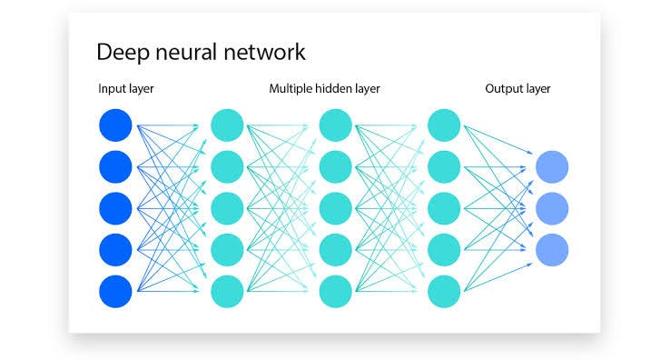Medium
1w
367

Image Credit: Medium
Artificial Neural Network (ANN)
- Artificial Neural Network (ANN) serves as the framework for training neural networks, allowing them to learn by iteratively adjusting their weights and biases to minimize the loss function.
- ANN begins with an input layer and may have multiple hidden layers, depending on the individual’s choice. The input layer passes data to the hidden layers without performing any computations or transformations.
- The hidden layers consist of artificial neurons that perform computations to extract higher-level features from the inputs. These layers enable the network to capture non-linear relationships in the data.
- The output layer is the final layer of a neural network, responsible for producing the network's predictions or results based on the learned patterns. It receives inputs from the preceding hidden layer and applies transformations to deliver the desired output in a format suitable for the task.
- During training, weights are updated based on the gradients of the loss function with respect to each weight. This update process is facilitated by backpropagation and an optimization algorithm like stochastic gradient descent (SGD) or Adam.
- ANNs are sensitive to hyperparameters such as the learning rate, number of layers, and number of neurons. Proper initialization, optimization, and regularization of weights are crucial to ensure that the network converges to a good solution and generalizes well to unseen data.
- ANN comes with several drawbacks like high computational cost, sensitivity to hyperparameters, vanishing or exploding gradients, which limit its effectiveness in certain scenarios.
- Proper preparation and feeding of data into the input layer are crucial for ensuring the network can efficiently learn meaningful patterns during training. Backpropagation ensures that the network learns hierarchically, refining the lower-level features learned in earlier layers and the higher-level abstractions learned in later layers.
- Choosing the right loss function is vital for achieving task-specific goals in image-based neural networks. It must align with the data's nature and the model's expected output, as it directly influences the network's ability to learn effectively and generalize to unseen data.
- ANN is super important for running deep learning, preferably used on a not so large dataset.
Read Full Article
22 Likes
For uninterrupted reading, download the app